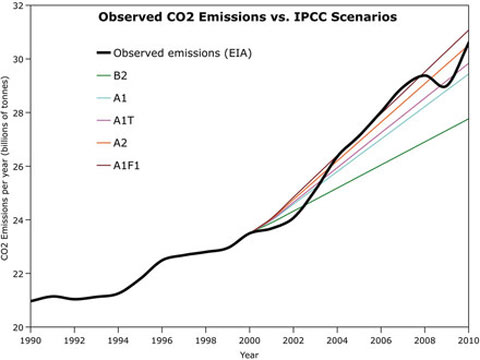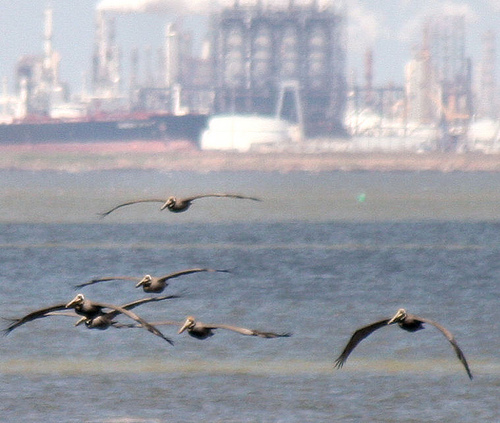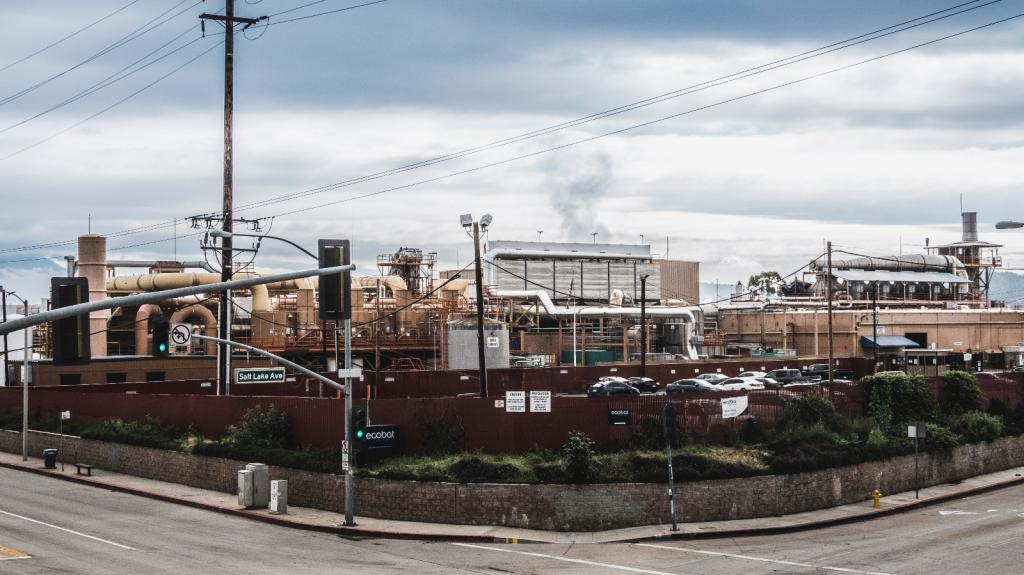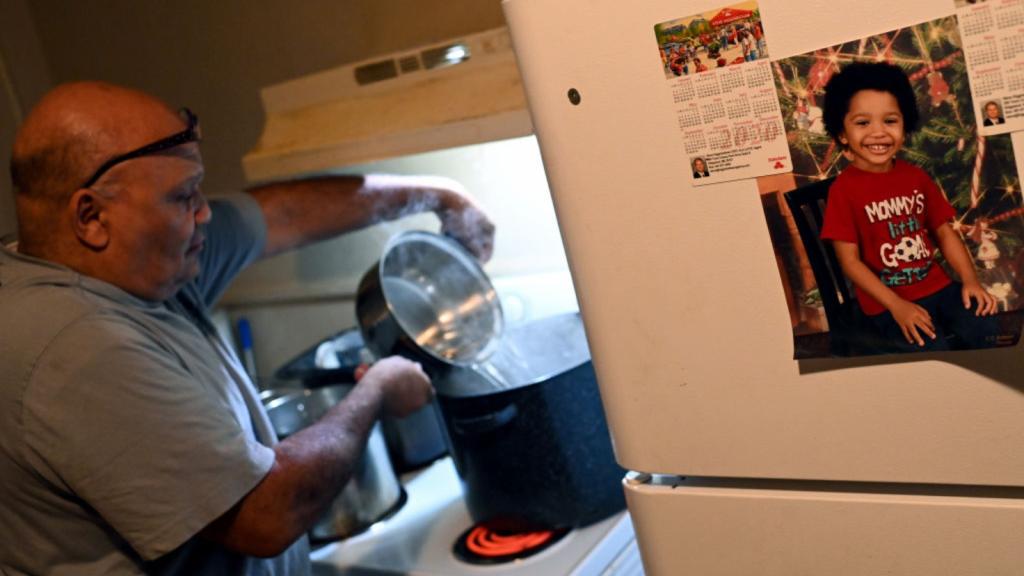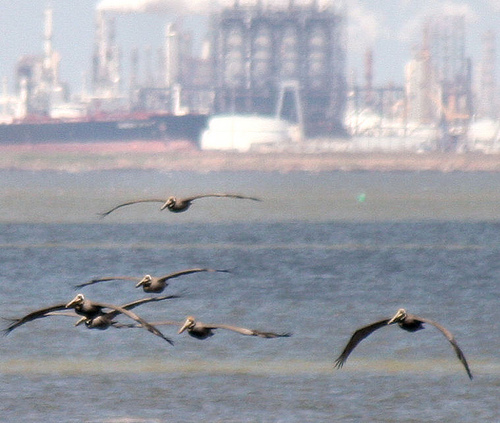 Oil refineries outside Channelview. Do we really need to add a tar-sands pipeline to the mix?Photo: KM&G-MorrisWill Hillary Clinton put the desires of a giant oil corporation ahead of the needs and health of low-income communities and communities of color? Will anyone else in the Obama administration stand up and stop her?
Oil refineries outside Channelview. Do we really need to add a tar-sands pipeline to the mix?Photo: KM&G-MorrisWill Hillary Clinton put the desires of a giant oil corporation ahead of the needs and health of low-income communities and communities of color? Will anyone else in the Obama administration stand up and stop her?
With the State Department’s comment period on a proposed tar-sands oil pipeline set to end Monday, these questions are about to be answered.
The State Department is considering whether to grant approval to oil giant TransCanada to construct a pipeline — the Keystone XL — to carry the world’s dirtiest oil from Canada’s tar sands through the Midwest to refineries in Texas, including refineries near Channelview, Texas, where I live.
But before the State Department can approve TransCanada’s proposal, the law requires it to review the pipeline’s environmental impacts.
Last year, after the State Department released its initial draft analysis of the pipeline’s impacts, the EPA rated the analysis [PDF] as “Category 3 inadequate” — a bureaucratic term equivalent to an “F” on a report card.
One of the reasons that the EPA said the State Department’s analysis was inadequate was that it failed to sufficiently take into account the environmental justice implications for communities like mine.
A reality about pollution is that it is often unequally distributed [PDF], with low-income communities and communities of color bearing disproportionate impacts. When a big corporation is deciding where to construct a coal-fired power plant, or an incinerator, or a refinery, it looks for the path of least resistance. And this means looking to communities that are perceived to have less political clout — communities that may not have the resources to fight back forcefully.
After polluting facilities are built, those who have the resources to move away often do so. The people who remain are left to suffer impacts including asthma, cancer, and other diseases. Efforts to remedy these inequalities and protect low-income and indigenous communities and communities of color from pollution are known as environmental justice work. Many locally based groups around the country are engaged in environmental justice fights, and environmental justice has also become a priority for the Obama administration. But the Keystone XL pipeline threatens to put the administration’s track record at risk.
There are environmental justice concerns at both ends of the proposed pipeline. Up north in Canada, where tar-sands oil is extracted, giant toxic waste pools are contaminating groundwater, and indigenous communities have seen spikes in cancer rates and other diseases.
But I’m most familiar with the concerns people in my community have about this pipeline. Indeed, what has too often been left out of the debate — and what the State Department has yet to adequately consider — is that the pipeline poses health risks to communities along the Gulf Coast, where it would terminate. Because tar-sands oil is dirtier than other forms of oil, refining it can lead to more pollution, with higher-than-usual releases into the air of noxious and toxic sulfur and heavy metals.
Channelview is one of the two locations where the tar-sands oil from this pipeline will end up. Channelview’s poverty rate is higher than the national average, and our community is much more racially diverse. Fourteen percent of Channelview’s residents are African American, and more than 50 percent are Latino or Hispanic.
Unfortunately, my community has already borne the brunt of far too many harmful impacts from oil. In 1989, there was an explosion at a Shell facility. In the early 1990s, there was an explosion at Arco Chemical. In 1994, after a flood, numerous pipelines exploded and our river was on fire for a week, sending toxic arsenic into the air. Many of the police officers who evacuated the neighborhood came down with bone cancer.
When we learned they wanted to build a waste incinerator in our community, which would release even more toxins into the air, I and others formed Concerned Citizens Against Pollution, and we filed a lawsuit against the company. After nine years, we stopped the incinerator. But here in Channelview, it’s just one thing after another, and now we’re facing TransCanada’s Keystone XL pipeline.
The other community where this pipeline would terminate, Port Arthur, Texas, has suffered so much from pollution that it was identified by the EPA as one of the top “showcase” environmental justice cities in the country, and the EPA is working to reduce pollution and improve health access there. All of these efforts could be for naught if the Keystone XL is built.
Of course people who live in our communities don’t want to have to suffer the consequences of refining this dirty oil. As Matthew Tejada of the group Air Alliance Houston told the Houston Chronicle, “This isn’t a hard thing for people to understand. … We’re picking up Canada’s trash and dumping it in Texas.”
When the State Department conducted its first environmental analysis, it ignored the impacts that tar-sands-oil refining can have on our community. It also ignored one of the basic principles of environmental justice — that impacted communities ought to have a real voice in the process.
The EPA asked the State Department to do a much more thorough review that considered the pipeline’s true impacts on our communities. Unfortunately, the new, updated environmental analysis that the State Department released in April left many of the EPA’s concerns unaddressed. The EPA asked the State Department to “analyze whether minority, low income and Tribal populations may be exposed to greater risks from air emissions from the project, with a specific focus on emissions from refineries.” However, in its updated analysis, the State Department contradicts what experts have found and asserts without providing evidence that the pipeline would not result in more toxic air pollution. Not only is this unsubstantiated assertion contradicted by experts’ studies, it also runs counter to common sense.
The State Department is also largely excluding Channelview and other impacted communities from the process. Instead of holding hearings about the updated analysis in Texas or anywhere else, the State Department is accepting only written comments that must be submitted to far away Washington, D.C.
We are making these failings known in the written comments we are submitting to the State Department, but the public comment period ends Monday, and so far, the State Department has provided little indication that it intends to listen to these concerns.
Fortunately, the buck does not stop with Hillary Clinton. Others in the Obama administration, including EPA Administrator Lisa Jackson, will have a chance to weigh in. And ultimate responsibility for the decision rests with the president.
The administration has an opportunity to decide to be a strong advocate for environmental justice. At a minimum, the impacts that refining the oil from this pipeline will have on the health of people in my community and others here in Texas must be considered via a formal environmental impacts analysis. This has not yet happened. It is my firm belief that if these harmful impacts are taken into account, the administration will have no choice but to reject the pipeline.
Is President Obama truly a champion for environmental justice? It won’t take long to find out.
